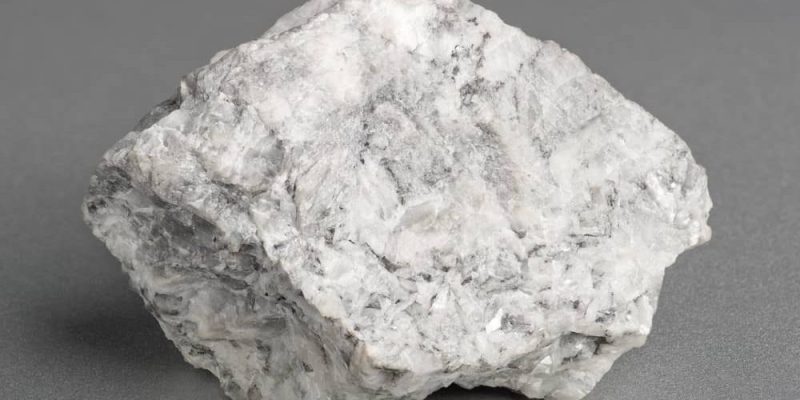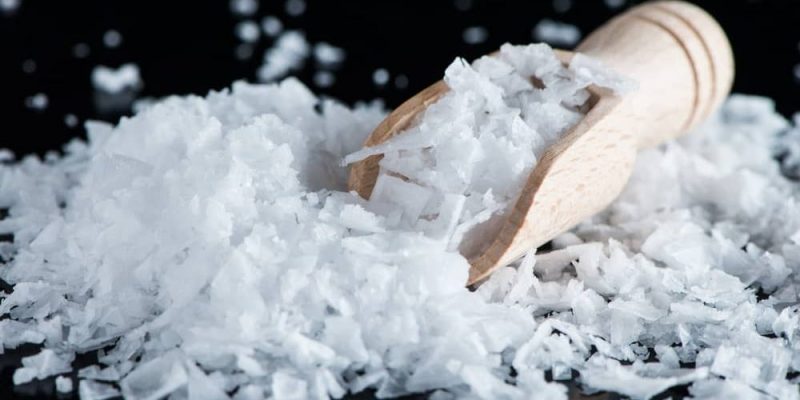We explain what magnesium is, how it was discovered and what its characteristics are. In addition, the properties it has and its uses.
What is magnesium?
Magnesium is a metallic chemical element , the seventh in abundance on planet Earth and a constituent of ions essential for life .
It is a light metal , silvery-white in color and moderately strong , insoluble and highly reactive, which is why it is usually found in compounds and salts .
It is an alkaline earth metal and its chemical behavior is similar to that of calcium, a neighboring element in the periodic table.
Magnesium is in various foods , but especially in those of plant origin such as seeds, nuts, dried herbs, bran, walnuts, almonds and many others. It is part of the essential nutrients for the human body .
It is represented by the symbol Mg.
Discovery of magnesium

Its name comes from the Latin magnesium and this word, in turn, comes from the Greek, as well as that of magnetite and manganese, since these metals were found in abundance in the Prefecture of Magnesia, one of the four regions in which they are found. it divided Ancient Thessaly into Hellenic Greece.
Magnesium was discovered in 1618 , when an English farmer named Epsom noticed that his cows refused to drink water from a nearby well, but sprinkling them with it healed their rashes and rashes. Thus were born the Epsom salts, which were actually hydrated magnesium sulfate (MgSO 4 · 7H 2 O). Its status as a chemical element was ratified only in 1755 by Joseph Black, and its production as such took place in 1808 by Sir Humphry Davy.
Atomic characteristics of magnesium
The atoms of magnesium having a valence of two and an atomic mass or 24,31 and an electronegativity of 1.31 on the Pauling scale . It is a frequent salt former, because it can easily form positive ions (Mg 2+ ). In addition, it has a high reactivity.
Natural state of magnesium

It is considered that about 2% of the earth's crust is composed of magnesium and it is the third most abundant element in the waters of the sea . However, it is never found in its metallic state in nature, but rather as a component of organic and inorganic compounds.
More than 60 minerals such as dolomite, dolomite, magnesite, brucite, carnalite and olivine have abundant presence of the element, which is usually more easily obtained by electrolysis of magnesium chloride from sea water.
Magnesium physical properties
It is an ordinarily solid metal , of the paramagnetic type, with melting and boiling points of 650 ° C and 1090 ° C respectively.
Chemical properties of magnesium
Magnesium is extremely flammable , especially when in powder or shavings, not in its most solid state . This is because it is usually protected from ambient oxygen with an impermeable oxide layer that is quite arduous to remove.
Of course, once the magnesium is lit it is difficult to extinguish , as it reacts with the nitrogen in the air and generates a very intense white flame.
Biological role of magnesium

Magnesium is essential for the living cells of plant and animal organisms , and is abundantly present in chlorophyll and other essential organic compounds.
Its ions play a vital role as part of coenzymes and as a stabilizer of DNA and RNA , as well as in the formation of neurotransmitters and neuromodulators, in muscle relaxation, vital for the heart muscle, and in its action as energizing and calming in the organism.
Magnesium-related diseases
Magnesium deficiency is very rare , given its abundance in the environment and in foods in an ordinary diet. However, it can occur as a result of intestinal or digestive tract absorption difficulties, or as a consequence of certain medications . The main symptoms of its deficit are: extreme irritability, drowsiness, fatigue and muscle weakness.
Magnesium applications

The applications of magnesium are diverse, both in the industrial field (as an alloy metal or in the reactions to obtain other elements, such as hydrogen ) and in the medical and nutritional fields. Some of its uses are:
- It is used in alloys with aluminum , to make cans, containers and auto parts.
- Its oxides are used in the production of iron and steel , glass and cement.
- It is used as a reducing agent in obtaining uranium.
- In hydroxides, chlorides or sulfates, it is used in medicine as a purgative, disinfectant or psychotropic.
- Magnesium carbonate is used as a desiccant in sports to eliminate sweat and improve grip.
- The use of magnesium in the origins of photography (flash) and as part of fireworks and incendiary bombs is famous .
Isotopes
Magnesium has several isotopes. The most stable is Mg-26 , used in radiometric dating as an indicator in the study of meteorites and objects from outside the solar system .
Magnesium Precautions
The main precautions in handling magnesium have to do with its extreme flammability in a pulverized state , as it reacts quickly in contact with heat or air.
Its extreme reactivity requires that it be separated from acids (it produces abundant hydrogen, also flammable) and that once it is turned on, do not try to extinguish with water but with dry sand, sodium chloride or class D extinguishers.
Compounds with magnesium

Some compounds with this element are:
- Magnesium hydroxide . With the formula Mg (OH) 2, it is a very commonly used antacid and laxative.
- Magnesium carbonate . Used by athletes as a desiccant, it responds to the formula MgCO 3 .
- Magnesium nitrate . With the formula Mg (NO 3 ) 2 , it is a hygroscopic salt very soluble in water and ethanol.
MA student of the TransAtlantic Masters program at UNC-Chapel Hill. Political Science with a focus on European Studies. Expressed ideas are open to revision. He not only covers Technical articles but also has skills in the fields of SEO, graphics, web development and coding. .
Leave a reply
Your email address will not be published. Required fields are marked *Recent post

Sport: What Is It, Types, Risks, Features, Characteristics and Examples

Dogs: Emergence, Features, Characteristics, Feeding and Breeds

Story: Definition, Elements, Structure, Features and Characteristics

